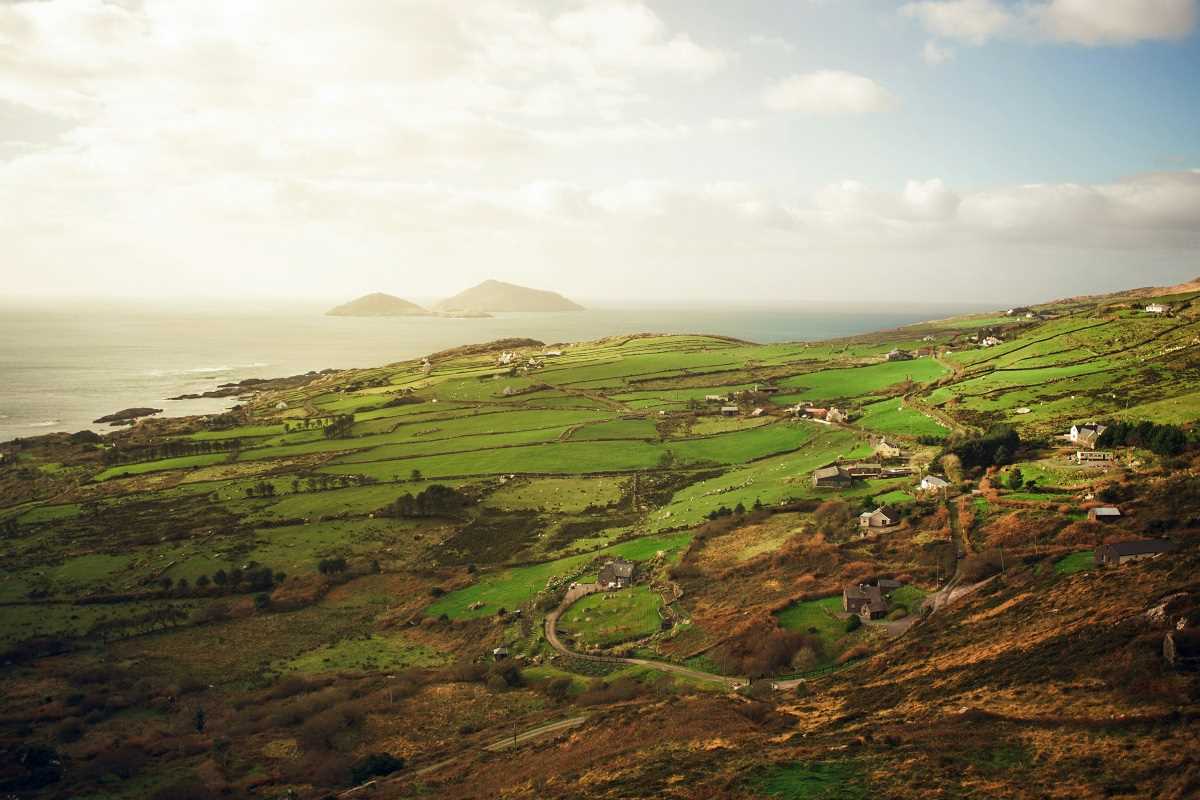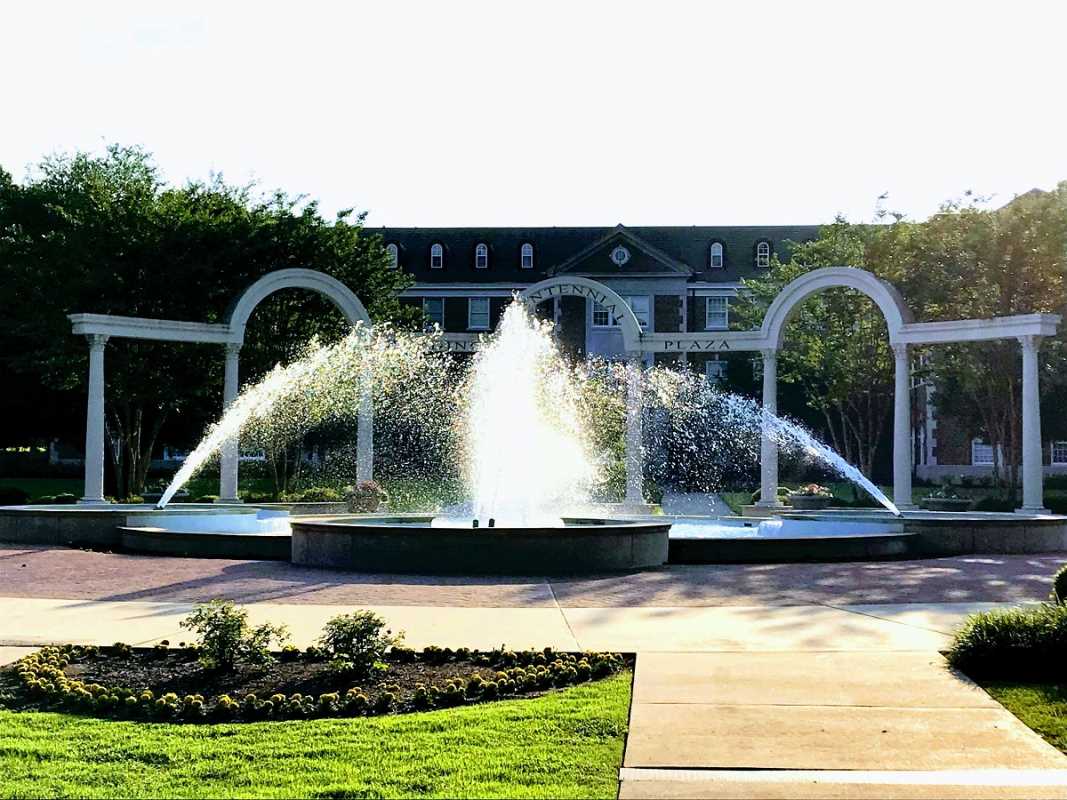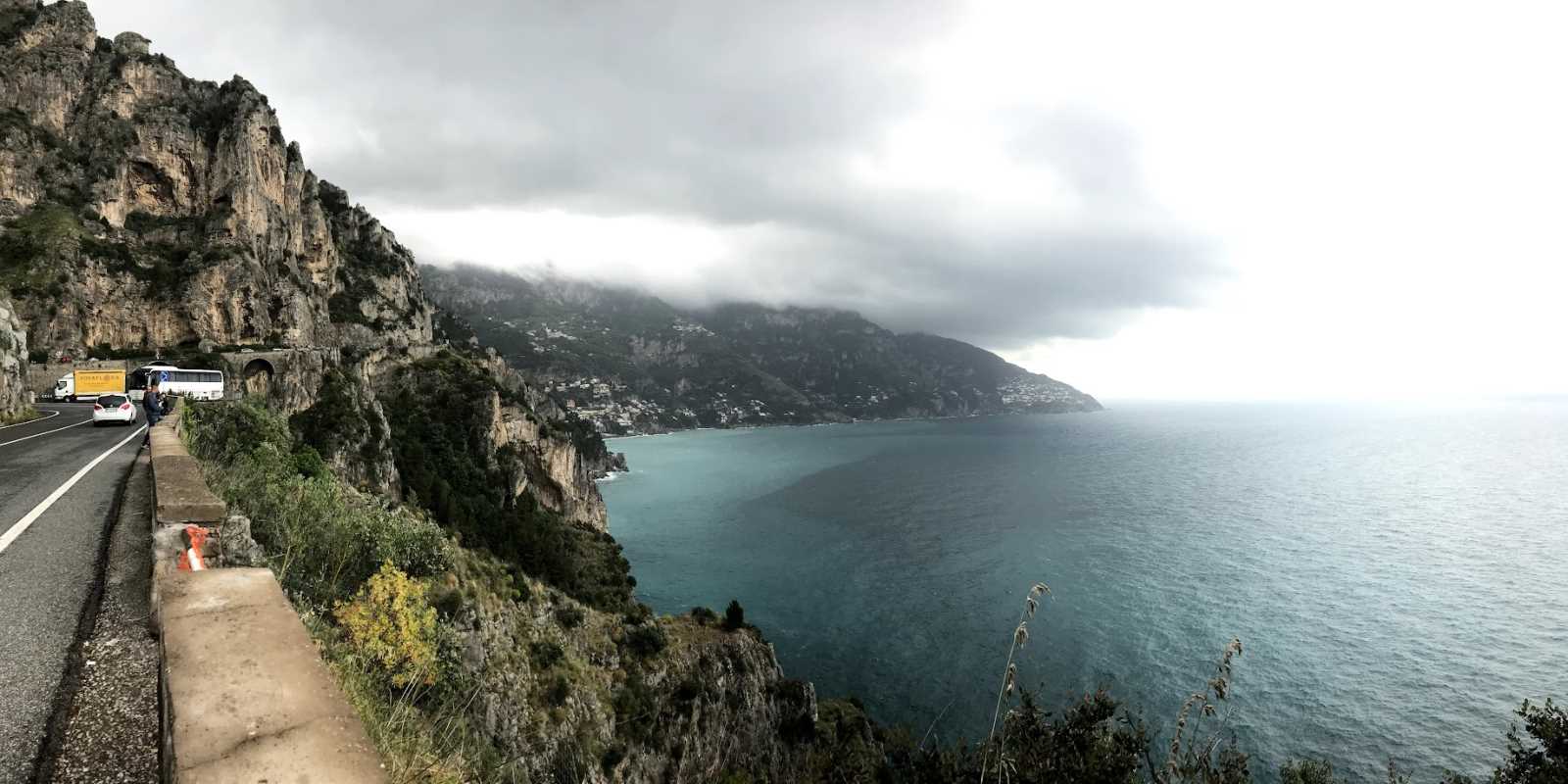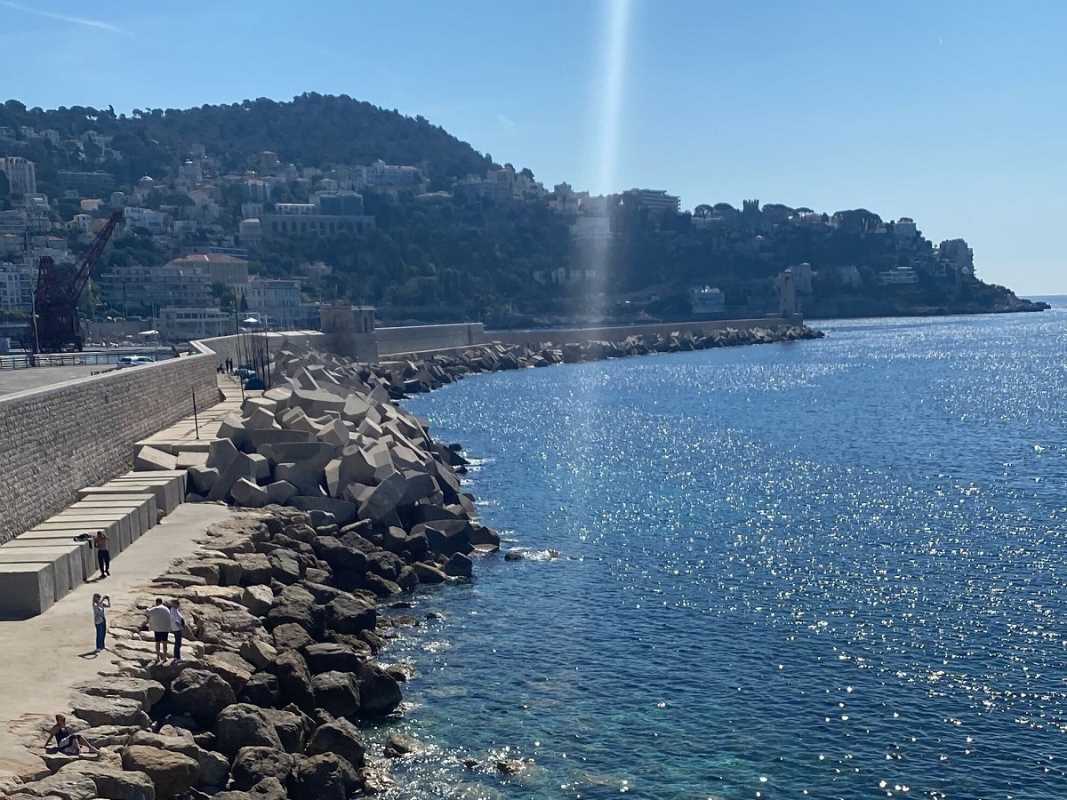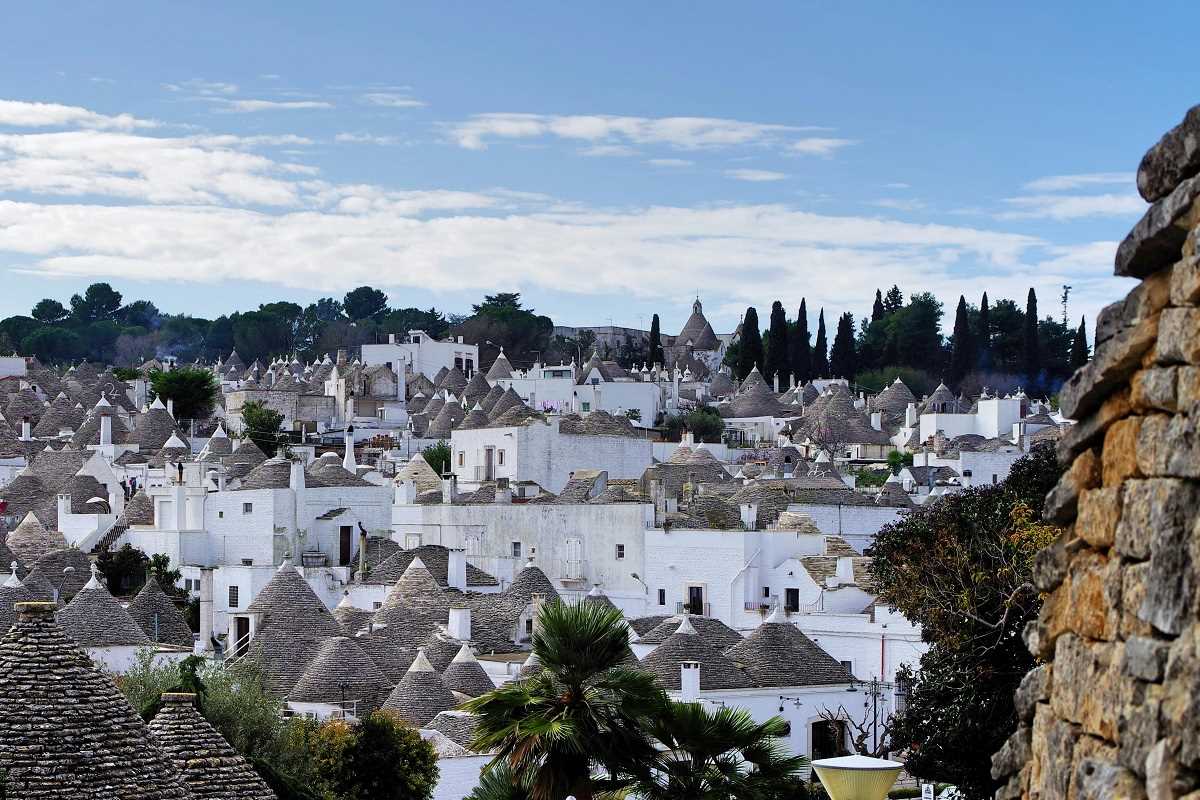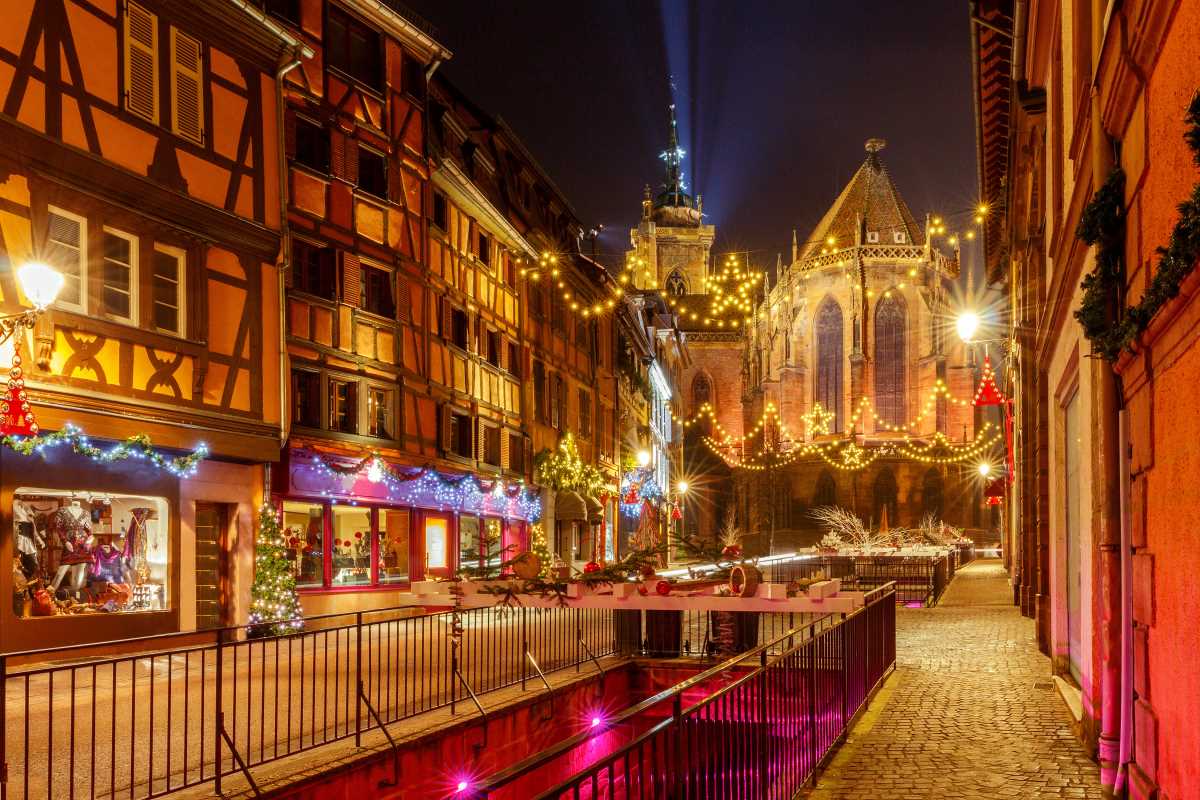Few experiences are as rejuvenating and awe-inspiring as soaking in natural hot springs. These geothermal treasures, heated by the Earth’s core, offer not only relaxation but also health benefits thanks to their mineral-rich waters. Scattered across the globe, these warm, therapeutic pools are set in some of the most stunning landscapes—from lush forests and mountain valleys to icy tundras and desert oases. Here, we’ll explore some of the world's most incredible hot springs, including crowd favorites in the U.S. and iconic destinations abroad. Get ready to plan your next soak!
1. Yellowstone’s Boiling River, Montana/Wyoming
Located within Yellowstone National Park, the Boiling River is one of the park’s best-kept secrets. This incredible natural hot spring forms where a steaming thermal creek converges with the cold waters of the Gardiner River. The result? Naturally warm pools with perfectly balanced temperatures—a hotspot for relaxation in the midst of Yellowstone’s rugged scenery.
Why Visit:
- The Boiling River offers a magical juxtaposition of scalding geothermal activity and icy mountain streams. Visitors can soak in the pools surrounded by breathtaking views of tree-lined hills and Yellowstone’s unique wildlife.
Best Time to Visit:
- Open seasonally, depending on park conditions. Late summer and early fall are ideal times to enjoy the spring.
Tip:
- Use caution when entering, as temperatures can fluctuate. Always follow park rules to ensure safety and preservation of the area.
2. Hot Springs National Park, Arkansas
Dubbed the "American Spa," Hot Springs National Park is steeped in history. For centuries, Native Americans and settlers alike have flocked to these healing waters. Today, visitors can walk along Bathhouse Row, a collection of historic bathhouses, or take advantage of modern thermal baths and spas nearby.
Why Visit:
- The park is a perfect blend of nature and culture, offering thousands of gallons of thermal spring water daily. The area also features gorgeous hiking trails and museums that explore the history of hydrotherapy.
Best Time to Visit:
- Spring and fall bring the most comfortable weather for exploring both the springs and surrounding park areas.
Tip:
- If you can, stop by Buckstaff Bathhouse, one of the few remaining operational historic bathhouses.
3. Glenwood Springs, Colorado
Nestled in the Rockies, Glenwood Springs boasts the title of home to the largest mineral hot springs pool in the world. The elevated mountain backdrop and fresh alpine air make it a must-visit for anyone looking to recharge.
- Why Visit:
- The enormous pool is filled with naturally heated mineral water, known for its therapeutic properties. The area also offers the historic Yampah Spa and Vapor Caves, where you can relax in warm underground caves fed by geothermal steam.
- Best Time to Visit:
- Winter is particularly magical, as you can soak in the warm waters while snowy peaks surround you.
- Tip:
- For a more private experience, visit Iron Mountain Hot Springs, which features smaller pools with varying temperatures.
Iconic International Hot Springs
4. Blue Lagoon, Iceland
The Blue Lagoon is perhaps the most famous geothermal spa in the world, and it’s easy to see why. Set against Iceland’s otherworldly volcanic landscape, its milky-blue waters are as photogenic as they are therapeutic.
Why Visit:
- The lagoon’s water is rich in silica, algae, and minerals, which are excellent for nourishing the skin. Guests can also enjoy in-lagoon spa treatments while admiring the dramatic, lava-filled landscape.
Best Time to Visit:
- Open year-round, but soaking under the glow of the Northern Lights during winter is an unforgettable experience.
Tip:
- Book your tickets in advance, as this popular attraction frequently sells out. Don’t forget to try the silica mud mask!
5. Pamukkale, Turkey
Known as the “Cotton Castle,” Pamukkale is a UNESCO World Heritage site famous for its shimmering white travertine terraces filled with thermal water. This unique geological wonder formed over millennia as calcium-rich water flowed down the hillside.
Why Visit:
- The warm waters of Pamukkale are said to have healing properties, and the pools offer panoramic views of the ancient city of Hierapolis, perched just above the terraces.
Best Time to Visit:
- Spring (March to May) or early fall (September to October), when temperatures are milder, and the pools are less crowded.
Tip:
- Pair your soak with a visit to the ruins of Hierapolis, including its Roman theater and necropolis.
6. Jigokudani Monkey Park, Japan
Chances are you’ve seen photos of snowy-coated Japanese macaques (also known as snow monkeys) lounging in steaming hot springs. This iconic scene is only found at Jigokudani Monkey Park in Nagano. Here, monkeys soak in natural springs, seemingly without a care in the world—an absolute treat for wildlife enthusiasts.
Why Visit:
- While humans can’t bathe in the monkey-designated springs, nearby Onsens in Yudanaka and Shibu towns allow visitors to enjoy the geothermal waters after watching the snow monkeys.
Best Time to Visit:
- Winter (December to February) guarantees a snowy backdrop and more monkeys making their way to the warm springs.
Tip:
- Arrive early in the day before the crowds roll in for the best photo opportunities.
Natural hot springs offer more than just warmth; they’re celebrated for their health and wellness benefits. Most are rich in minerals like sulfur, calcium, and magnesium, which promote relaxation, improve circulation, and help alleviate muscle pain. Beyond their therapeutic properties, hot springs often double as cultural landmarks, providing a window into local history, traditions, and the natural world.
7. Tuscany, Italy
Famous for its rolling hills, medieval villages, and world-class wines, Tuscany also boasts some of the most relaxing and picturesque hot springs in Europe. The region’s natural thermal baths offer a perfect combination of wellness, history, and stunning scenery. Two standout destinations—Saturnia and Bagno Vignoni—have been cherished for centuries, not just for their mineral-rich waters but also for the serene atmosphere they provide.
Saturnia
Situated in southern Tuscany, Saturnia is home to one of the most famous natural hot springs in all of Italy. The Cascate del Mulino, a series of cascading pools fed by a steaming thermal waterfall, creates a breathtakingly idyllic location. The warm waters (around 37.5°C or 99.5°F) are rich in sulfur and other minerals, known for their therapeutic properties. Travelers can soak in these free, open-air pools surrounded by the golden hues of the Tuscan countryside.
Why Visit:
- Saturnia’s thermal waters are said to benefit the skin, improve circulation, and promote relaxation. The natural pools, shaped by millennia of flowing water, perfectly merge well-being with natural beauty.
Best Time to Visit:
- Spring (April to June) and autumn (September to November) are ideal, offering comfortable weather and fewer visitors. Early mornings or evenings provide the most tranquil experiences.
Tip:
- Bring water shoes to comfortably walk on the natural limestone formations.
Bagno Vignoni
This small medieval village in Val d’Orcia—a UNESCO World Heritage site—revolves around its historic thermal baths. At the heart of the town lies a large rectangular pool, known as the Piazza delle Sorgenti, filled with warm geothermal water. While the central pool can only be admired, visitors can bathe in nearby spas and resorts that harness the same thermal waters.
Why Visit:
- Bagno Vignoni offers a unique blend of history and relaxation. The thermal waters were famously enjoyed by the likes of Lorenzo de’ Medici and Saint Catherine of Siena. Surrounded by verdant vineyards and olive groves, every soak feels like stepping back in time.
Best Time to Visit:
- Autumn, when the surrounding landscape glows with golden and orange tones, enhances the experience.
Tip:
- Take a leisurely stroll along the village’s charming streets after your soak, and enjoy a glass of local Brunello wine.
Quick Travel Tips for Visiting Hot Springs
- Research Local Etiquette: Some hot springs, especially in Japan, require guests to fully wash before entering. Be mindful of clothing requirements (or lack thereof) in spas around the world.
- Pack the Essentials: Bring water shoes, a towel, and plenty of water to stay hydrated. Some springs require hiking to access, so sturdy footwear is always helpful.
- Check Conditions: Not all natural hot springs are safe for soaking, as temperatures can be scalding. Check official guidelines for each location before arrival.
- Plan for Crowds: Many hot springs are popular tourist spots. Visiting during off-peak hours or shoulder seasons can enhance your experience.
- Respect Nature: Always follow Leave No Trace principles to keep these natural wonders pristine for future generations.
From the steamy pools of Yellowstone and Iceland to the cascading terraces of Pamukkale and the snowy retreats of Nagano, soaking in a natural hot spring is a bucket-list-worthy experience that combines tranquility and adventure. Whether you’re indulging in luxury at the Blue Lagoon or connecting with nature in a remote Colorado valley, hot springs invite you to feel the restorative power of the Earth while surrounded by jaw-dropping scenery. Your next unforgettable soak awaits wherever you decide to go!
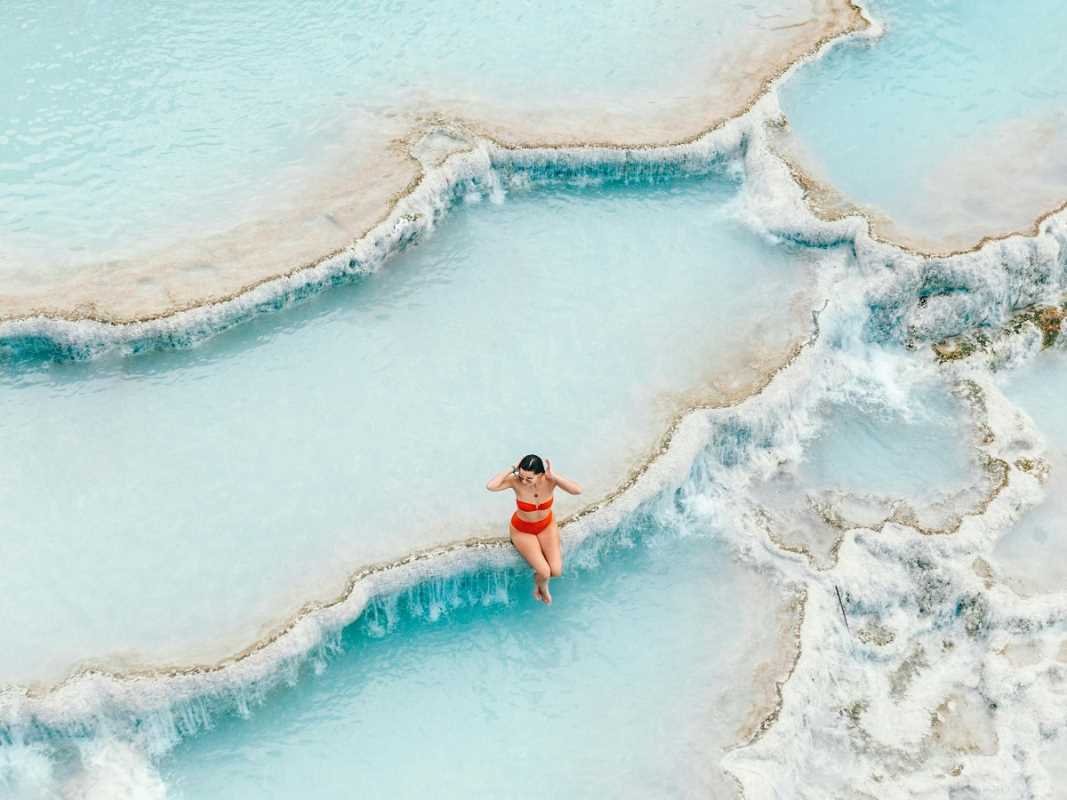 (Image via
(Image via